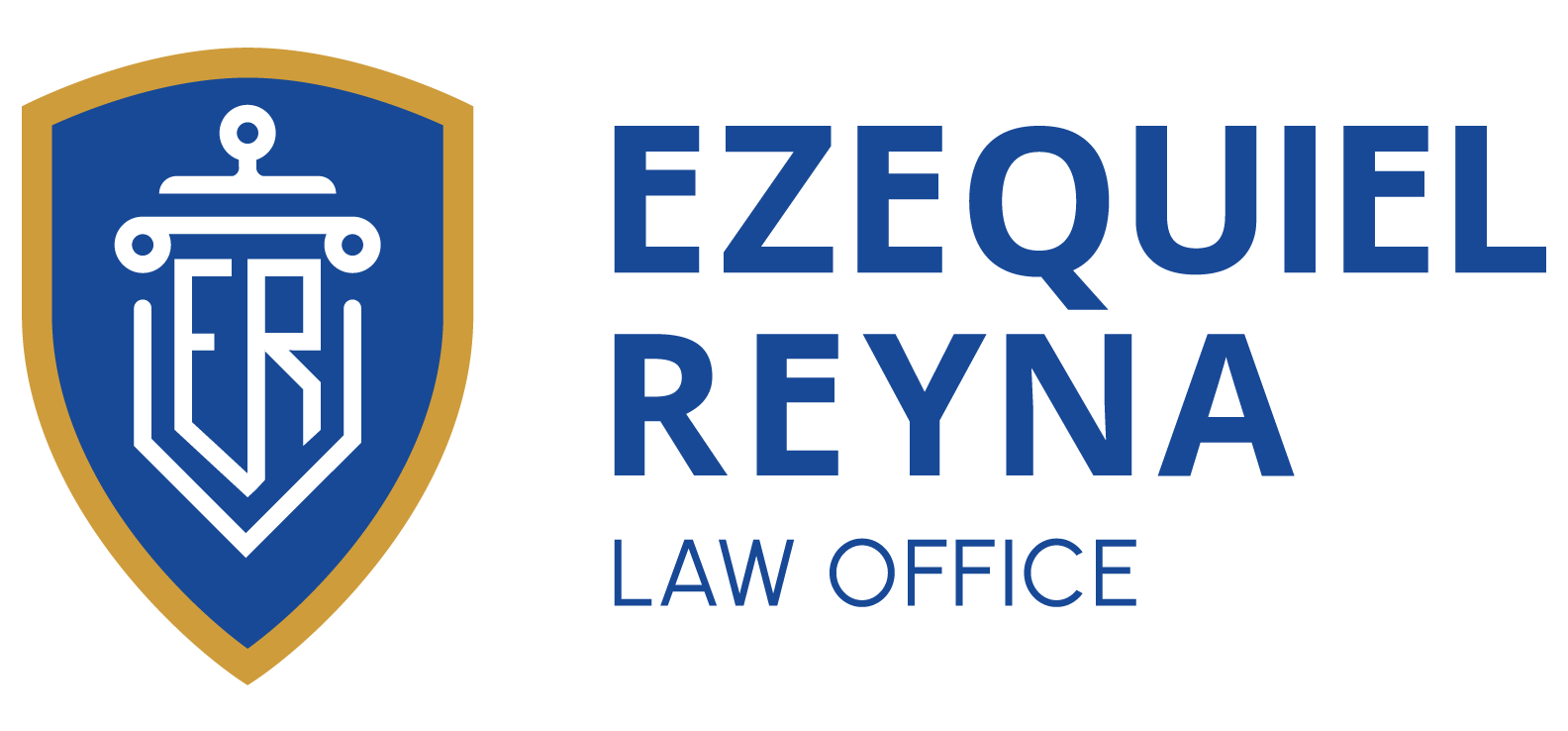Statistics don’t lie – speeding puts all drivers and passengers on the road in danger. According to the National Highway Traffic Safety Administration (NHTSA), speeding killed 9,478 people in 2019 and has contributed to at least one-third of all motor vehicle fatalities each year for over two decades. Even with fewer drivers on the road during to the COVID-19 pandemic, NHTSA has predicted that fatality counts in speeding-related crashes will increase by 11 percent from 2019 to 2020 once the final crash statistics are calculated. Even though modern life can be frustrating with work, school, and busy schedules, driving at unsafe speeds puts everyone at risk. How can you tell if your speed is an unsafe speed for travel? The following will help you learn how to gauge safe speeds on the roads.
Drivers tend to choose their driving speed based on three different factors, including the posted speed limit for that particular road, the speed of the other vehicles around them, and the current driving conditions. Ideally, all cars on the road will be moving at roughly the same speed, all within the posted speed limit. We all know, however, that this is not the case. Even though speed limits are designed to help traffic flow safely and efficiently, many drivers in Texas do not choose to follow the flow of traffic or drive at the posted and safe speed limit. If a driver chooses to drive much faster than the surrounding traffic, that would be considered driving at an unsafe speed. They are putting themselves and those around them in danger by speeding, which can result in tailgating, weaving in and out of traffic to avoid hitting other vehicles, and braking suddenly when they cannot move to another lane to avoid the car in front of theirs. All of these actions can quickly lead to a serious car accident.
Driving at fast, unsafe speeds changes the way a driver is able to handle their vehicle. When a safe speed is exceeded, the following can occur:
- The vehicle cannot be controlled effectively.
- The total stopping distance needed to avoid hitting another vehicle is significantly increased.
- Damage caused by a collision is much more severe.
The faster a car is traveling, the greater the impact will be in a collision. High-impact car accidents caused by drivers traveling at unsafe speeds can cause incredibly severe injuries and even death. The time it would take for the vehicle to stop should help a driver determine how much space to leave between their vehicle and the car ahead of theirs. This in turn will help determine what is a safe speed for the vehicle to be going in order to leave sufficient room to brake and stop fully before rear-ending the car in front of them. To determine an appropriate following distance, watch the vehicle ahead of you and start counting seconds as that vehicle passes a landmark. Landmarks could include pavement markings or road signs. The number of seconds you can count before your car passes the same landmark tells you how much time you would have to brake in seconds before hitting that car if they stopped suddenly in front of you. Giving yourself at least three to four seconds of following distance between your car and the next vehicle is a good way to maintain a safe traveling speed.
Even when a speed limit is posted, road conditions may not be safe enough to drive at that speed. There may be inclement weather, including torrential downpours, that decreases visibility and makes road conditions slippery. High winds can also increase the difficulty of keeping your car on the road and ice can decreases the ability of vehicles to brake suddenly. There may also be heavy traffic, a collision, or debris in the road. All of these factors must be considered when choosing a safe speed of travel. If a driver tries to drive the posted speed limits, but the road conditions are not safe at that speed, the driver is choosing an unsafe speed of travel and is putting others at risk of a motor vehicle collision. Drivers must adjust their speed to match the conditions in which they are driving to be able to prevent devastating car accidents.
Sometimes, driving too slowly can also be considered unsafe. There are some high-speed roads that require the flow of traffic to be at a minimum speed for all drivers to be kept safe. Otherwise, the slower vehicle presents a hazard to the faster-moving traffic around them. When you see a speed limit sign that has not only a maximum posted speed but also a minimum posted speed, it is essential to drive at least at that speed to be safe. Driving too slowly may be against the law, as you could be blocking or delaying the flow of traffic at safe speeds that prevent auto accidents.
In any case, determining what is a safe driving speed versus an unsafe driving speed will help keep traffic flowing on the road as well as prevent car accidents from occurring.
Weslaco, Texas Car Accident Attorneys
If you have been hit by a driver traveling at unsafe speeds, you may be scared, frustrated, and not know what to do. By selecting knowledgeable legal representation, you won’t have to worry as much about your next steps. Contact the South Texas car accident lawyers at Ezequiel Reyna, Jr. Law Office today to discuss your case in a free consultation. There is limited time to act following a motor vehicle accident in Texas, so don’t delay.










